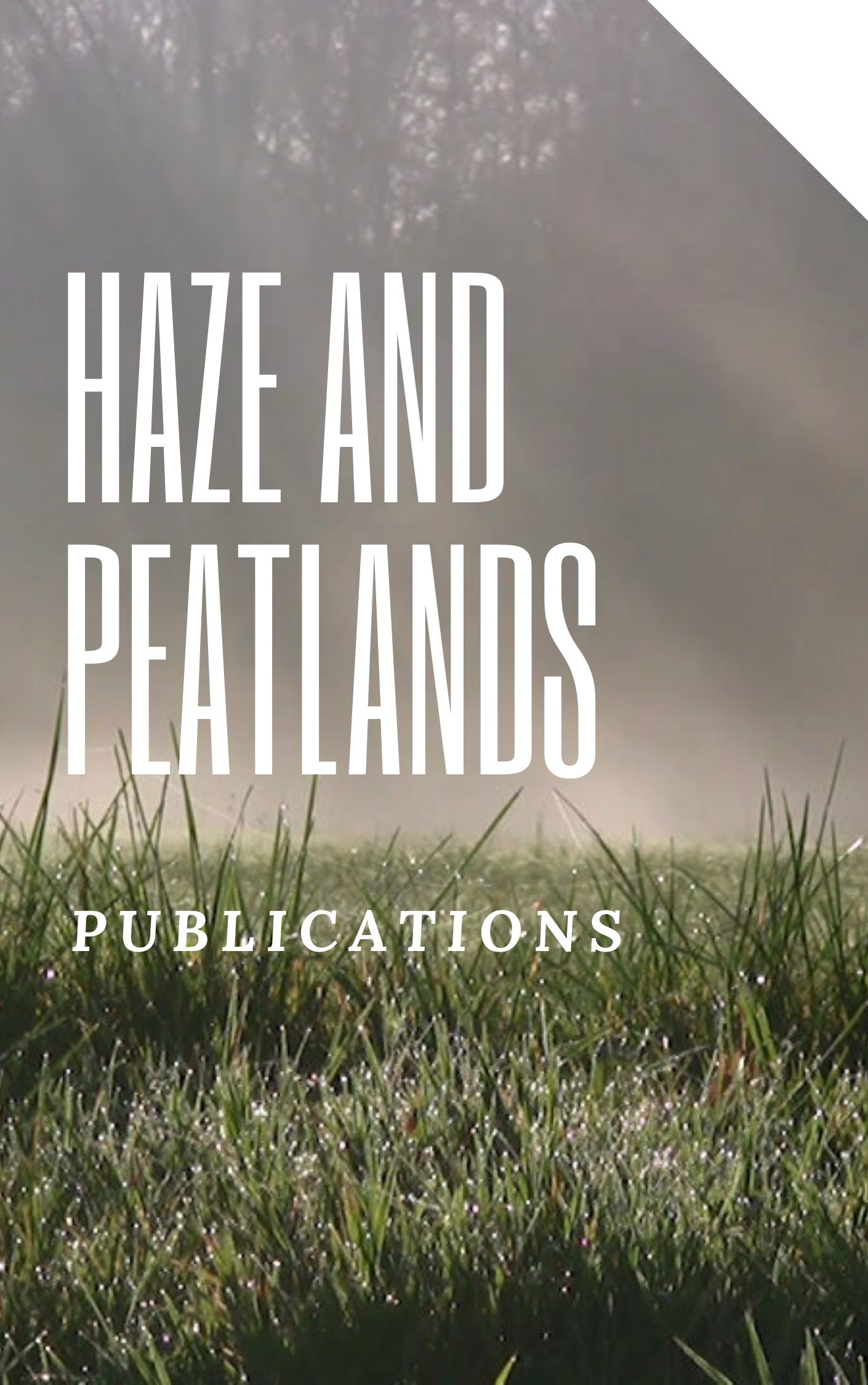The effect of industrial oil palm expansion on deforestation and peatland conversion in Southeast Asia has been well documented. Despite being the fastest growing producer group by area, the effects of smallholder expansion in contrast is yet to be fully understood. By combining spatial analysis with farm and farmer surveys, this article examines the types of land use changes associated with independent smallholder oil palm expansion in Indonesian Borneo. We furthermore estimate through predictive modeling how plot and smallholder characteristics influence the probability that smallholder plantation establishment involved peat- and/or forestland conversion. Results point to an increasing rate of especially peatland conversion due to rising scarcities of suitable lands on mineral soils. They also demonstrate how oil palm smallholders involved in environmentally detrimental land conversions are less likely to be experienced oil palm farmers and more likely to belong to indigenous groups, be incompliant of sustainability standards and have experienced fire. This highlights the importance of improved peatland management and targeted extension support in smallholder oil palm landscapes to both mitigate and reduce the impact of smallholder oil palm expansion. © 2019 The Author(s). Published by IOP Publishing Ltd.
View source

